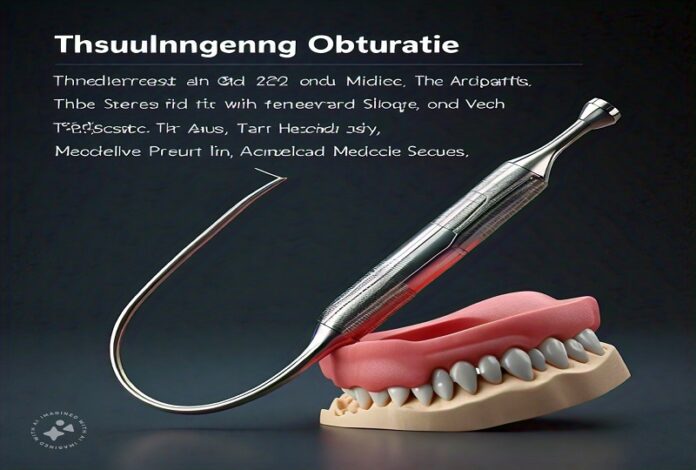Obturatie is a term derived from the Latin word “obturare,” and that signifies “to hinder” or “to close.” In different settings, it refers to the most common way of deterring or close an opening, section, or depression. This term has critical applications in both clinical and dental fields, where it depicts different conditions and treatments including the conclusion of substantial entries or dental depressions.
Understanding obturatie is pivotal across various fields, including medication and dentistry, as it helps professionals analyze and treat conditions effectively. In medication, it can demonstrate serious medical problems, like blockages in veins or aviation routes. In dentistry, it assumes a fundamental part in preserving tooth wellbeing by forestalling rot and reestablishing capability after pit treatment. Hence, an extensive handle of this term enhances both patient consideration and wellbeing results.
In clinical terms, obturatie frequently refers to the obstacle of substantial entries, which can prompt different unexpected problems. Conditions like blood vessel impediment, where blood stream is hindered in the supply routes, and different types of blockage in organs can essentially influence a patient’s wellbeing. Understanding these conditions permits healthcare suppliers to devise fitting treatment plans and mediations, guaranteeing better patient results.
Obturative rest apnea (OSA) is a typical condition characterized by rehashed episodes of complete or incomplete impediment of the aviation route during rest. This condition can prompt serious wellbeing implications, including cardiovascular issues and daytime weakness. Patients with OSA frequently experience disturbed rest designs, which can influence generally personal satisfaction.
Normal symptoms of obstructive conditions like OSA incorporate clearly wheezing, gagging or heaving during rest, and exorbitant daytime languor. Finding regularly includes a mix of patient history, actual assessment, and indicative tests, for example, polysomnography (rest review) to survey the seriousness and nature of the block.
In dentistry, obturatie refers specifically to the most common way of fixing holes in teeth, a basic move toward endodontic treatment. The objective of obturation in this setting is to fill the cleaned root trench space to forestall bacterial tainting and to reestablish the tooth’s honesty.
Normal materials utilized for obturation incorporate mixture, composite pitch, and gutta-percha. Mixture is frequently utilized for its solidness in back teeth, while composite sap gives tasteful advantages to front teeth. Gutta-percha is specifically utilized in root waterway treatments because of its biocompatibility and fixing properties.
The essential advantages of dental obturatie are the counteraction of additional rot and the rebuilding of tooth capability. Legitimate fixing of depressions keeps bacteria from returning the tooth, which can prompt unexpected complications, including contaminations or tooth misfortune. This cycle maintains dental wellbeing as well as enhances the patient’s general personal satisfaction.
In outline, obturatie is a multi-layered term that conveys huge implications in both clinical and dental settings. In medication, it refers to the check of substantial entries, prompting conditions like obstructive rest apnea. In dentistry, it relates to the fixing of depressions, which is significant for preserving tooth wellbeing.
As examination proceeds, progressions in materials and methods connected with obturatie are expected to work on patient results in the two fields. Advancements in analytic techniques and treatment choices will improve the understanding and the board of obturative conditions, eventually prompting better healthcare practices and patient encounters.
Understanding obturatie is fundamental for professionals in healthcare and dentistry the same, empowering them to give far reaching care and address complex medical problems effectively.
RELATED ARTICLES




